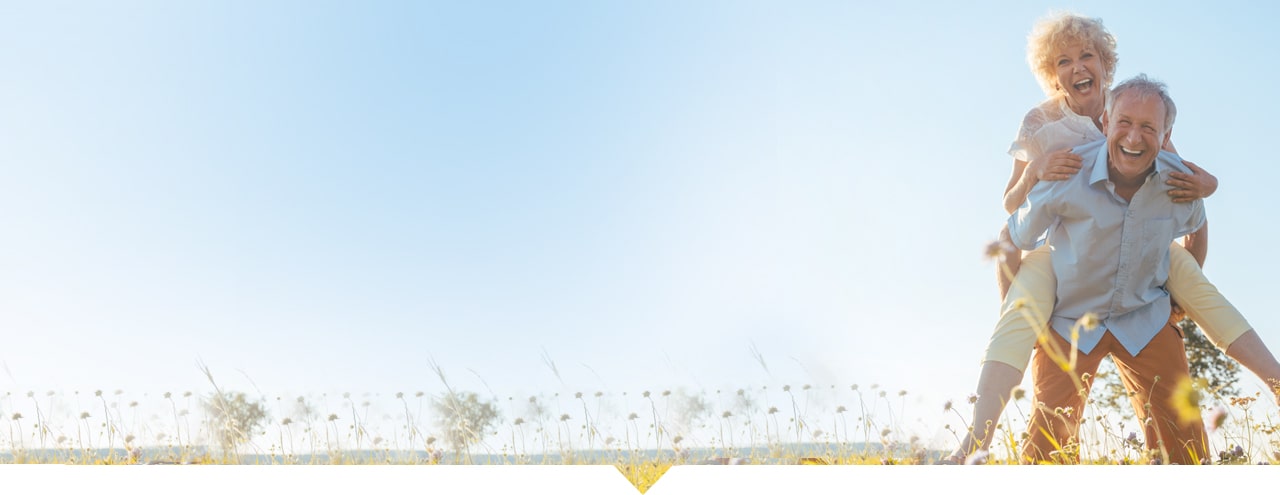OCCUPATIONAL AND WORKPLACE ALLERGIES
Occupational and workplace allergies are those illnesses which arise or occur as a result of exposure to certain materials or irritants in the workplace or working environment. It could affect anyone and any part of the human anatomy. Among such affected parts include lungs, skin, nose and eyes. Fortunately, early detection of such conditions can lead to a reversal of symptoms by use of medication, symptom control, and removal or transfer from the environment.
Occupational asthma
This condition of the lungs is caused by sensitivity to an agent or irritant inhaled in the working environment. It usually manifests as cough, wheezing, difficulty in breathing and shortness of breath. In most cases, symptoms are slow and only experienced during working hours in the workplace, but repeated exposure to these agents can lead to the permanent establishment of the disease –withdrawal from such areas may no longer affect its control.
Often, mild attacks have been discovered to be aggravated on exposure to these agents. Some of these irritants include fumes, gases and dust. It's important, however, to note that occupational asthma occurs only after repeated exposure to the irritant, and only a fraction of those exposed will develop the condition.
Two types of occupational asthma occur. They are
- Allergic asthma
- Non-allergic Reactive Airways
Non-allergic Reactive Airways Disease Syndrome (RADS) develops more easily than allergic asthma.
To this effect, it is important that all workplaces with sensitising agents or potential ones, be inspected by relevant health technicians or officials to prevent work-related allergies. It can also be controlled by basic work-related safety techniques such as the use of protective clothing or well-ventilated working areas. Upon discovery, workers who have developed allergies as a result of exposure to harmful irritants can be transferred to a different workplace, if measures cannot be taken to modify or suit them in the workplace. Furthermore, routine checks should be carried out on workers who might be at high risk of asthma or any other disease that may arise from inhaling harmful irritants. Workers should also be educated on the risks involved in their line of work.
Other occupational allergies include:
Occupational Rhinitis, otherwise called nasal allergies; a situation which is actually a pre-requisite to asthma. This is also caused by prolonged exposure to workplace particles, precedes occupational asthma and if controlled at an early stage can prevent asthma.
Occupational Dermatitis or skin allergies: which is the most common occupational disease –as in some cases, a reaction due to some working regions or tools. A relatively new case is latex allergy. It is affecting mostly medical personnel in hospitals who have been exposed to latex rubber in gloves or drip sets or catheter. It also affects patients who have had several surgical procedures. This condition manifests as rashes, which can be very itchy, and even anaphylaxis.
If you suspect that you might have an occupational allergy, you need to consider some points that include;
- where you work
- when you experience the symptoms
- what kind of things are you exposed to at your place of work?
It is comforting to know that the health and safety of employees are protected by the employers, under the Health and Safety at Work Act of 1974. Therefore, workplaces should be assessed for risk of occupational diseases, and unsafe work practices or environments should be reported.
If you notice any symptom of occupational allergy, you can contact us today for more information on how to go about it.
Contact Us



